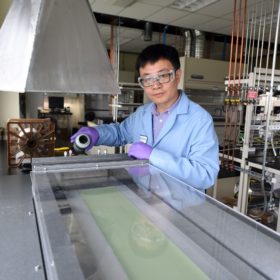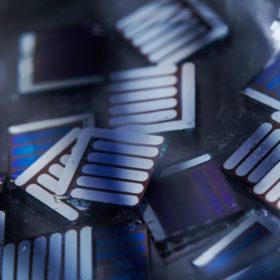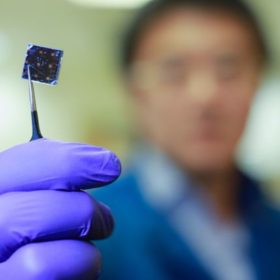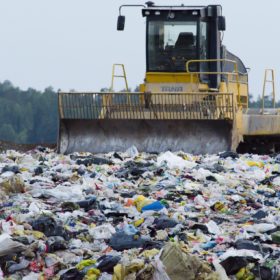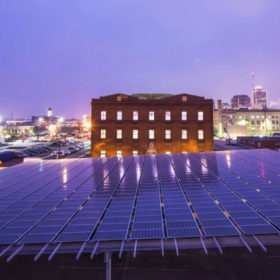US scientists announce breakthrough in hydrogen production
Researchers from the Idaho National Laboratory have developed a new type of electrode for hydrogen production through electrolysis – water splitting. The team has used the electrode to demonstrate efficient hydrogen electrolysis at temperatures far lower than previously possible, which could lead to significant cost reductions in large-scale hydrogen production.
Scientists claim 10% saving for black-Si cell production with dry-etching
Researchers from Finland’s Aalto University and the Michigan Technological University, in the US, say they have demonstrated the cost per unit of power of black-Si PERC cells could fall 10.8%, despite an increase in cell processing cost.
Korean scientists hit 12% efficiency on non-fullerene organic cell
A research team from South Korea’s Ulsan National Institute of Science and Technology has demonstrated a new process for the creation of organic solar cells. Using this method, the team has created cells with a conversion efficiency up to 12.01%.
New efficiency record for perovskite-CIGS tandem
Researchers from the University of California, Los Angeles, have set a new record 22.4% conversion efficiency for a tandem cell combining a lead-based perovskite layer with CIGS technology. The record has been confirmed by the U.S. National Renewable Energy Laboratory.
Solar performance polluted by urban haze
Research conducted over several years by scientists at the Massachusetts Institute of Technology (MIT) demonstrates that air pollution in cities can put a dampener on the performance of PV panels which, if not taken into account, can threaten a project’s viability.
Degradation control tests for solar PV modules
Module degradation tests are essential not only for effective plant operations, but also to ensure an optimum ROI. However, fixed laboratories, where such tests are usually carried out, involve transportation issues, while it is not always economically feasible to send in mobile laboratories. So how can degradation in these instances be measured? Leonardo Enrique Pérez Abreu, Technical Manager of the Testing & Optimization department at Enertis discusses this issue.
EU funds pilot plant for PV module recycling
German company, Geltz Umwelt-Technologie has developed an advanced recycling plant, which it says could recover up to 95% of the materials in a module for reuse. With funding from the EU’s Horizon 2020 project, the company is planning a pilot facility that could recycle up to 50,000 silicon based PV modules per year.
Researchers propose doubling today’s solar panel efficiency using two weird tricks
By double stacking a perovskite-silicon solar cell and using the cell in a glass-on-glass bifacial solar module, scientists model that a 30-36% efficient solar module can be attained.
Bosch and Ceres planning fuel cells to power future cities
The Stuttgart-based industrial group wants to work on technology development and production with the British fuel cell manufacturer. Bosch considers highly efficient fuel cells an important step forward in the energy transition.
Nissan Brazil and Federal University of Santa Catarina to cooperate on second-life EV battery research
As the global EV market grows, manufacturers are seeking new revenue streams for used EV batteries. Applications in grid and residential storage systems have become popular. The market for second-life EV batteries is expected to reach $4.2 billion by 2025.
